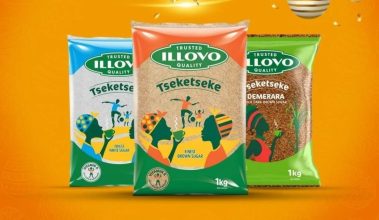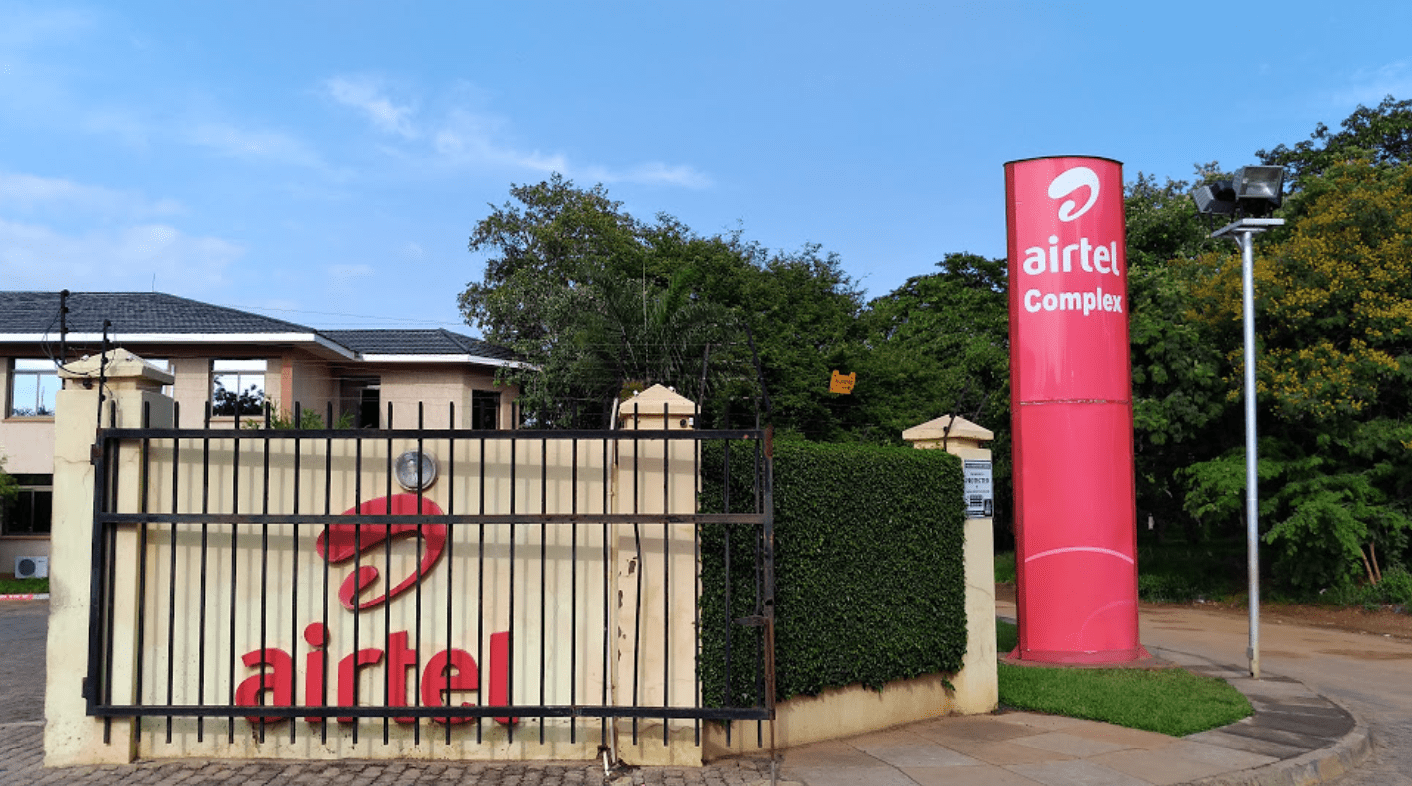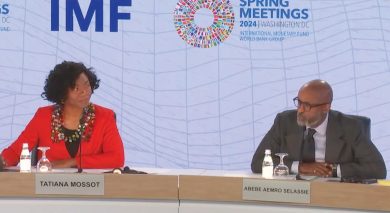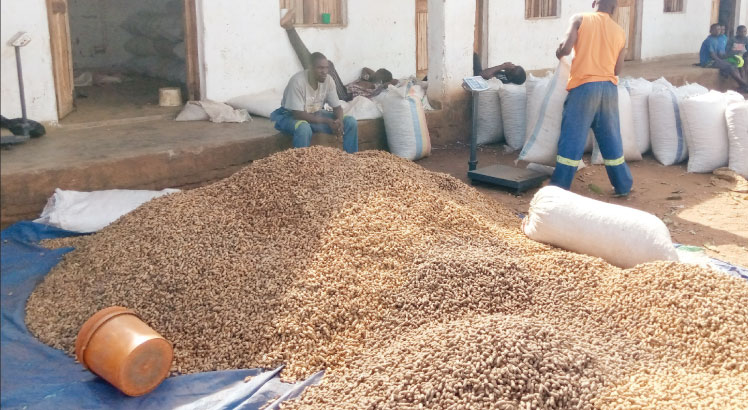Mixed fortunes for maize,Soya beans farmers
A policy note from the International Food Policy Research Institute (Ifpri), shows that prices paid to soya bean farmers have improved in 2021 above the minimum farm-gate price.
Between April and July 2021, 79.4 percent of farmers selling soya beans received prices equal to or greater than the minimum farm-gate price of K320 per kilogramme (kg) while just 8.8 percent of farmers selling maize received price equal to or greater than the minimum farm-gate price of K150 per kg.
The jump in prices is attributed to tight market conditions in which a small number of soya bean buyers have been competing for a limited soya bean harvest.
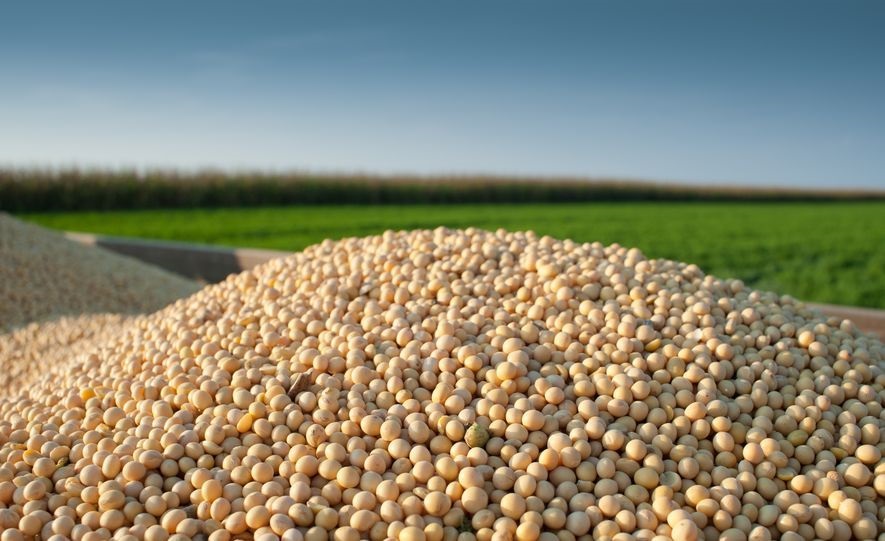
Good rains and increased availability of subsidised fertiliser, which led to a bumper harvest, caused maize purchase prices to crash.
The report adds that “the decline in maize prices, albeit small, over time is not what one would expect and may reflect the maize harvest being even better than was expected, due to both the Affordable Inputs Programme [AIP] and good rainfall during the 2020-21 growing season”.
It reads, in part: “The primary reason for a higher proportion of soya bean sellers receiving prices above the minimum farm gate price this year are tight market conditions in which a small number of soybean buyers have been competing for a limited soybean harvest.
“In contrast, good rains and the increased availability of subsidised fertiliser led to a bumper maize harvest causing their purchase prices to crash. The vast majority of farmers, therefore, ended up receiving much less than the minimum farm-gate price for the maize they sold.”
In its August 2020 paper titled ‘Can a maize price band work in Malawi?’ Ifpri said over the previous 12 years, government intervention had been unable to lift estimated farm-gate maize prices above the floor set by minimum farm-gate prices.
“While a separate modelling exercise is required to estimate the volumes of stocks needed to stabilise maize prices, Ifpri estimates from 2016 suggest these are very large and would cost at least K100 billion a year,” it said.
However, Farmers Union of Malawi president Frighton Njolomole recently decried the continued decline in maize prices.
He said the trend will have a negative impact on farmers’ income and food security.
“With increased prices of fertiliser, it means farmers have to sell a significant amount of maize to buy fertiliser and other inputs for the coming season.
“The low maize prices also reduce the capacity of farmers to buy inputs for the next season which might result in food insecurity in the next season and deepen poverty,” he said.
On his part, Minister of Agriculture Lobin Lowe has consistently asked law enforcement agencies to prevent traders from buying cereals from farmers at lower than farm-gate prices.
In the 2017/18 season, maize price was set at K170 per kg while in the 2018/19 season it was pegged at K180 per kg. In the 2019/20 season, it was set at K200 per kg before the current K150 per kg.
The minimum prices are based on historical monthly prices that are collected across the country in 72 markets.


